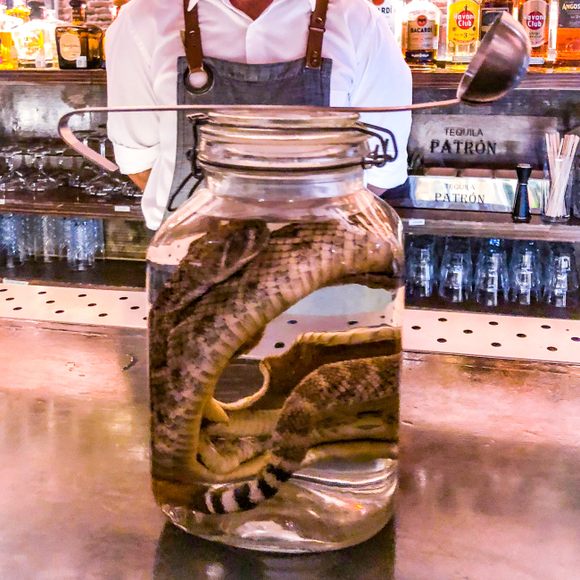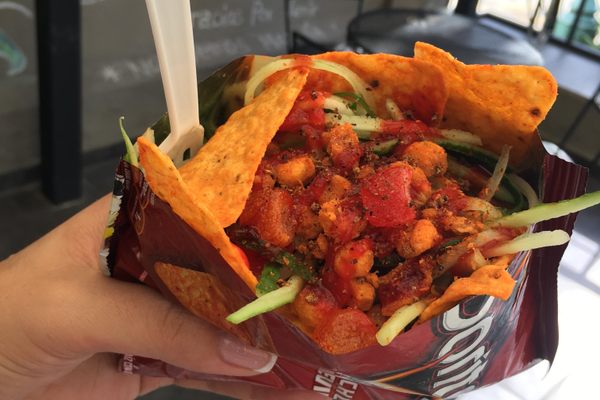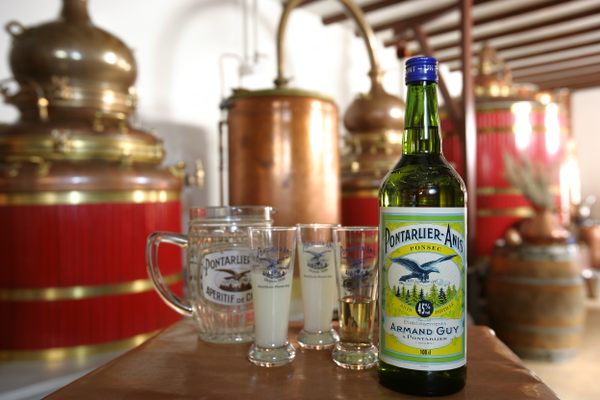If you visit La Revolución, a restaurant on Mexico’s Baja peninsula, you’ll likely notice the large jar on the bar with a diamondback rattlesnake inside. That is Venom Sotol.
Sotol has a history dating back hundreds of years. When the Spanish introduced liquor stills to Mexico, ranchers started making spirits in addition to their traditional fermented beverages. With more than 200 species of agave in the country, the production of agave-based tequila and mezcal blossomed. Around the same time, in the northern states of Chihuahua, Coahuila, and Durango, the sotol plant (also known as the desert spoon) was harvested to create a unique spirit also named sotol. The drink became particularly popular during U.S. Prohibition, when it was smuggled across the border. After the repeal of Prohibition, however, sotol faded into obscurity.
Today, it is experiencing a resurgence in Mexican mixology communities. Like tequila, sotol comes in the styles of plata (unaged), reposado (aged several months), and anejo (aged up to two years). It can be infused with snake venom or other ingredients such as fruits and nuts. To make venom-infused sotol, a distiller typically milks live snakes and lets the final mixture age with the venom as well as a dead snake inside. (For those worried about potential poison, the venom gets denatured by the alcohol.)
Because it takes 15 years for a sotol plant to mature, the resulting liquor picks up a lot of flavors from the terroir. La Revolución’s Venom Sotol, for example, is delicious—earthy, thanks to an infusion of herbs, but smooth like an aged tequila.
Where to Try It
-
La Revolución Comedor Website
Álvaro Obregón # 1732. Col. Center, San Jose del Cabo, Baja California Sur, 23406, United StatesIn addition to Venom Sotol, the bar offers plenty of other cocktails, sotol-based and otherwise.
-
Chihuahua is known for its sotol production and this bar highlights the region's specialty.
Written By
 suzann
suzann
Sources
- architecsf.com/journal/2018/5/22/travelog-baja-mezcal-hunting-in-san-jose-del-cabo
- drinks.seriouseats.com/2011/05/meet-sotol-tequilas-northern-cousin-paul-clarke.html
- roadsandkingdoms.com/2017/pot-peyote-and-snakes-the-rise-of-northern-mexicos-best-drink/
- punchdrink.com/articles/sotol-brands-and-history-mexican-moonshine-flourish-north-of-the-border/
- imbibemagazine.com/sotol/














